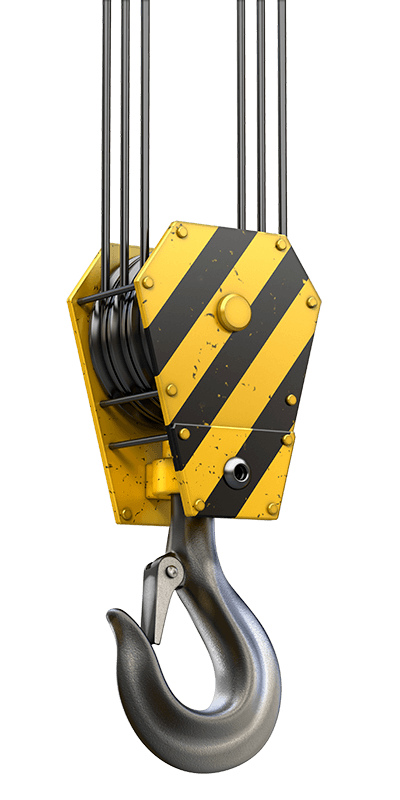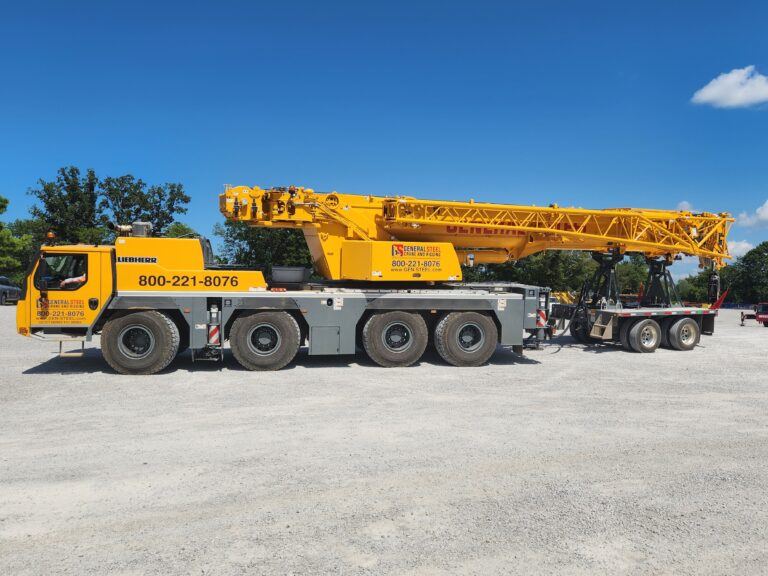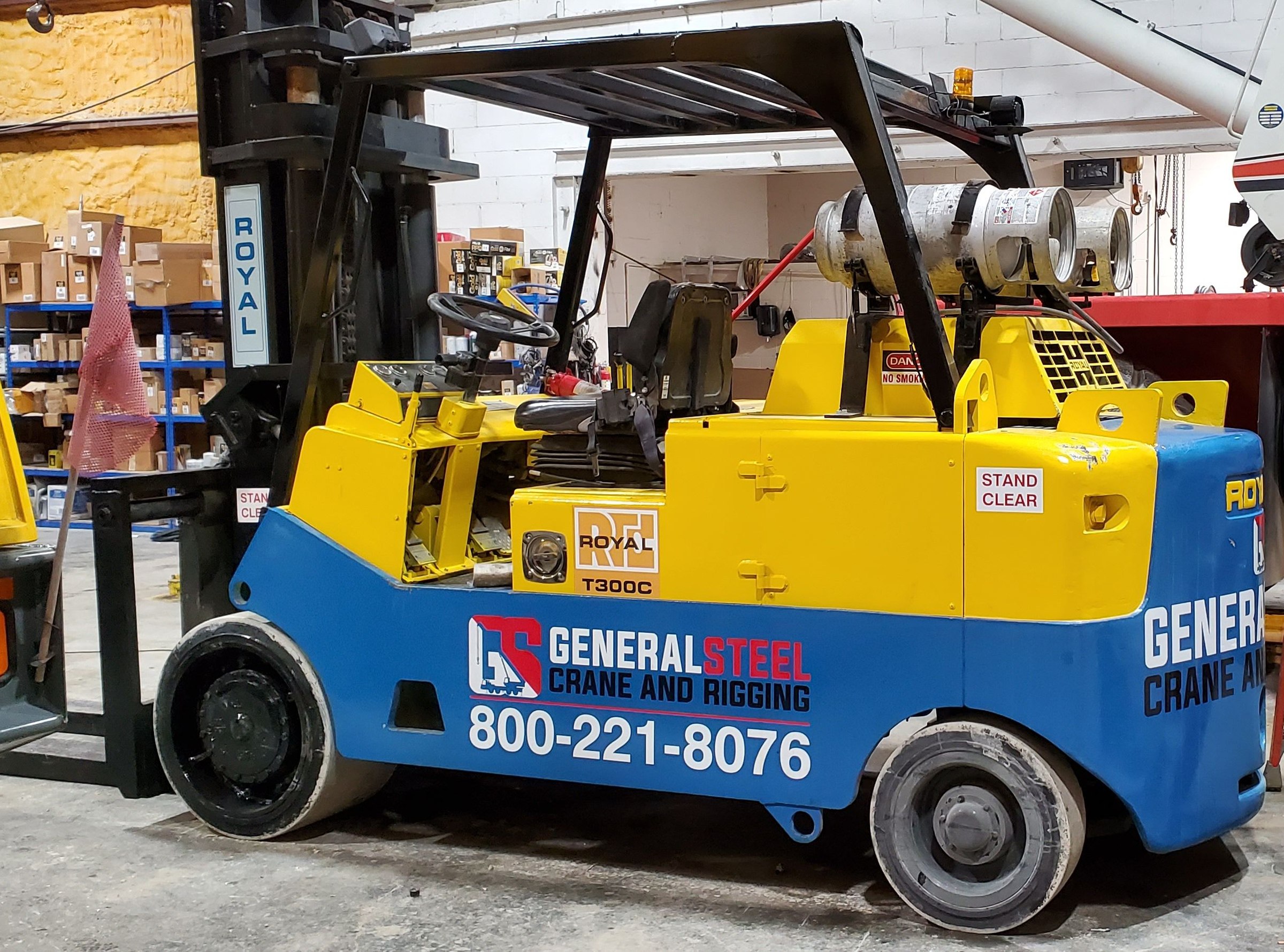Load Charts For Crane Rental
We have the right crane for all types of jobs. Whether you rent an all-terrain crane, hydraulic truck crane, or rough terrain crane, our services include a fully certified operator, support for preplanning and critical lift planning, along with onsite lift management and supervision. We offer hourly, daily, weekly, and monthly rentals, along with 24-hour emergency service. See below for the type of crane your job requires.
Learn the Basics of Crane Load Charts
Learning the basics of load charts is the first step in choosing the right crane. The chart helps you determine a crane's operating limits, which helps you select the ideal machine for your project.
Load Charts & Their Importance
A load chart crane has many advantages. First, it provides critical information about a crane's lifting capacity, minimizing the risk of overloading. This helps prevent accidents at work and property damage.
Load Charts Rules and Regulations
OSHA requires crane operators, supervisors, and managers to know how to interpret load charts. Moreover, the agency requires the personnel – operators, managers, and supervisors – to use the charts as a reference before attempting a lift.
In accordance with OSHA, a load chart crane must provide three basic things. It should show the actual height hoisted, exact radius, and weight lifted. This information should be visible to the crane operator in the cab. Lastly, an OSHA-compliant load chart should have a direct means of preventing overloading.
Interpreting a Crane Load Chart
Typically, crane charts differ depending on the type of crane. These charts have several things in common and help you understand essential specifications like boom angle, movement, lift capacity, and deduction. Getting comfortable with the following metrics is a helpful first step to interpreting a load chart.
Lift Capacity
Lifting capacity is the maximum weight a crane can safely lift on stable ground. Several factors, including the lifting height, angle, and load dimensions, typically determine a crane's lifting capacity. This figure helps crane operators minimize the risk of overloading.
Boom Angle
The boom angle is the angle between the horizontal plane and the longitudinal centerline of the boom. The angle is critical because it affects the lifting capacity and stability of the crane. So, when lifting loads, ensure the angle is within limits. Otherwise, your crane could tip over.
Lift Range
The lift range details how much boom length you need to pick and lift a load. Usually, every load chart crane comes with a diagram illustrating the required boom length for a specified lift distance and height.
Movement
A crane's movement refers to the various motions a crane makes to lift loads successfully. While there are many motions a crane can perform, rotation is the most important. It matters because it lets you tell if a crane can reach multiple work areas without repositioning.
Deduction
When calculating the capacity of a crane at a given angle, you must consider the weight of the crane itself. The weight includes that of the main structure and additional accessories like the rigging, blocks, lines, balls, and booms.
When you subtract the crane's weight from the total lifting capacity, you ensure it operates within its safe load capacity. This minimizes the risk of accidents related to overloading the crane.
Choose General Steel Crane & Rigging for Crane Rentals
General Steel Crane & Rigging is the premier source for lifting, rigging, and moving equipment. We have a fleet of high-efficiency cranes from leading brands to enhance your productivity. And with four rental locations strategically located to serve our customers in Kentucky, Southern Illinois, Missouri, Tennessee, Southern Indiana, and Ohio, you’ll have quick access to the needed equipment.
Contact us today for a quote for the cranes and equipment needed for your next job.





